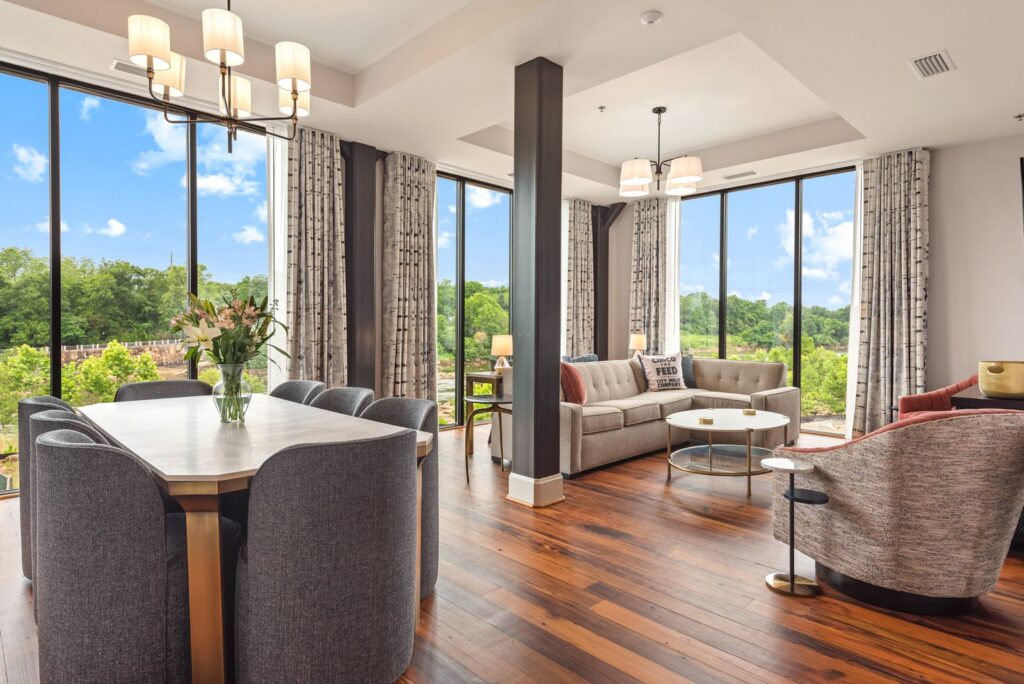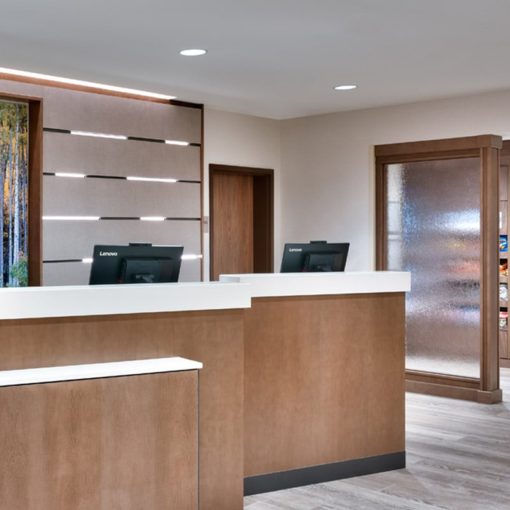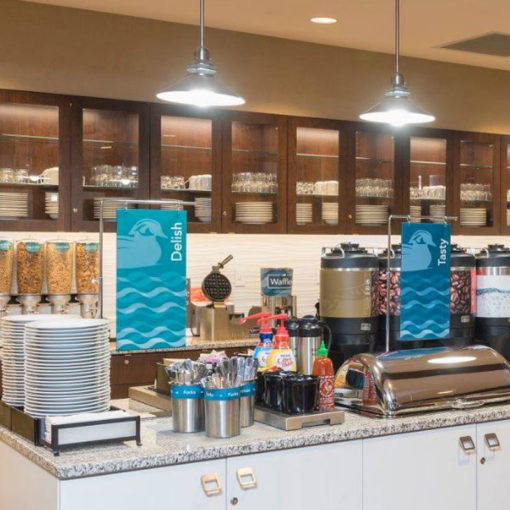How Hotels and Their FF&E Are Getting
More Earth-Friendly

With Earth Day coming up on April 22nd, we’re taking a closer look at sustainability within the hotel industry. Historically, hotels have lagged behind other industries in adopting earth-friendly options since these products and systems were often more expensive to implement. However, now that investments in sustainability can deliver more return on investment than ever, the economics and mindsets are shifting.
It helps that as hoteliers work to make their properties greener, guests are taking notice. A hotel’s level of sustainability and eco-friendliness is increasingly a factor when guests are considering where to stay.
Earth-Friendly Hotels & Brands
More hotels are differentiating themselves through their efforts to go green, seeking LEED certification and guidance from the U.S. Green Building Council. LEED is a platform for the sustainable design, construction, and operation of a hotel with a special focus on cost-efficient environmental impact reduction, energy efficiency, and overall resource conservation. In March 2024, the USGBC reported over 4,025 LEED‐certified and registered lodging and hotel projects representing 1.54 billion square feet of built spaces.
Major hotel brands are putting their weight behind green initiatives also. Marriott has set goals for sustainable sourcing by 2025 and Hilton has a comprehensive plan and reporting structure to reach its aggressive 2030 environmental goals. A visible example of these efforts is the fast-growing trend of hotel brands’ adding “hydration stations” to their standards. These stations are meant for refilling reusable water bottles in an effort to reduce plastic waste in landfills.
Earth-Friendly Efforts & Benefits in the Hotel Industry
Whether LEED or not, hotels have a growing number of cost-efficient and high-impact opportunities to apply environmentally friendly concepts. These include:
- Energy-saving lighting (LED)
- Occupancy sensors and advanced energy management systems
- Tracking Energy Star scores
- Electricity from renewable energy, such as solar or wind
- Recycling programs
- A towel and linen reuse program
- Building with green roofing material for more efficient stormwater management
- Building with reclaimed wood and landscaping with native plants
A great example of an environmentally friendly approach is the Grand Hotel in Mackinac Island, Michigan. It is on a car-free island and is certified as a Green Lodging Michigan Leader by the Michigan Department of Energy, Labor, & Economic Growth. The hotel installed a state-of-the-art air-conditioning system that uses water for cooling guest rooms, which is then used to heat the swimming pool. Their water conservation program supports reusable containers instead of single-use plastic bottles.
Sustainable hotels can benefit not only by costing less to operate, but also by qualifying for special financing when making energy efficient and renewable energy investments.

C-PACE (commercial property assessed clean energy) programs offered by state and local governments allow hotel owners to avoid large up-front cash payments and instead repay their property improvement costs over 10 to 20 years.
Earth-Friendly FF&E with Innvision
Although green hotel FF&E is not prevalent yet, awareness is growing. Measuring the sustainability of hospitality products specified by ID Studio and purchased by Innvision Hospitality is a part of the process. In a life-cycle assessment, materials and finished FF&E score differently based on raw material acquisition, manufacturing, use, maintenance, and disposal.
Carpeting is a great example of this. Carpet has been a landfill problem due to the difficulty of separating the various components that makes low-cost recycling programs scarce. Carpet tiles tend to be more sustainable since only a small number may need replacement compared to total broadloom replacement. Furthermore, to improve indoor air quality, the Carpet and Rug Institute can test carpet for four different emission types.
Other metrics for evaluating FF&E materials and products include:
- Embodied energy
- Use of renewable materials such as wool, bamboo, and cotton
- Recycled content
- Energy efficiency
- Use of local or regional materials
- Durability
- Low VOC content and low toxicity
- Water conservation
- Maintainability and reusability
Innvision can screen and select earth-friendly products to supports clients’ priorities and budget. The most environmentally friendly furniture manufacturers use certified wood FSC, formaldehyde-free particle board and MDF, low VOC finishes, and fabrics made of cotton, wool, and other natural materials with biodegradable and nontoxic dyes. Instead of standard paint, they use powder coatings for finishes.
At Innvision, we help our clients find the best earth-friendly FF&E products and manufacturers to fit their needs. To learn more about how Innvision can help you select sustainable products for your next hotel project, connect with us!



